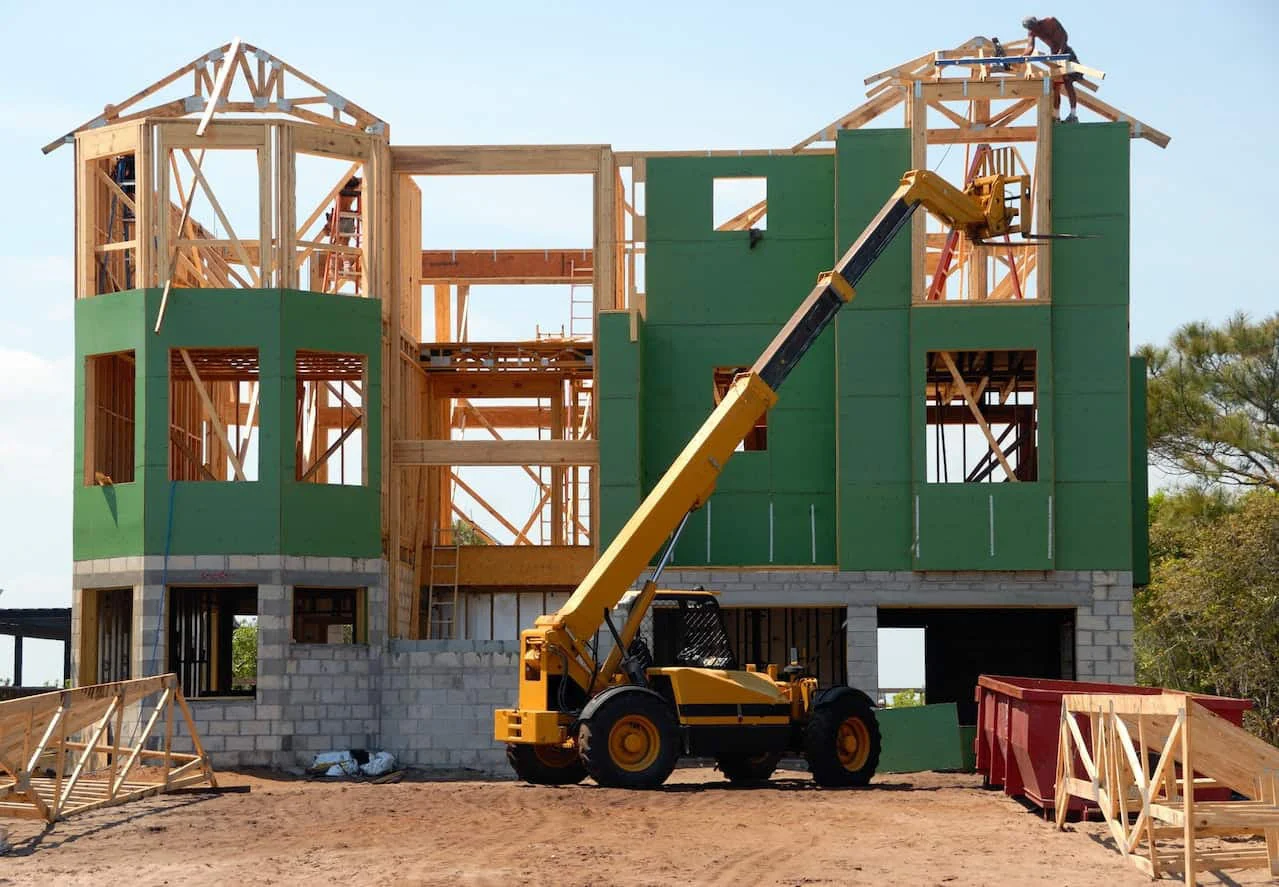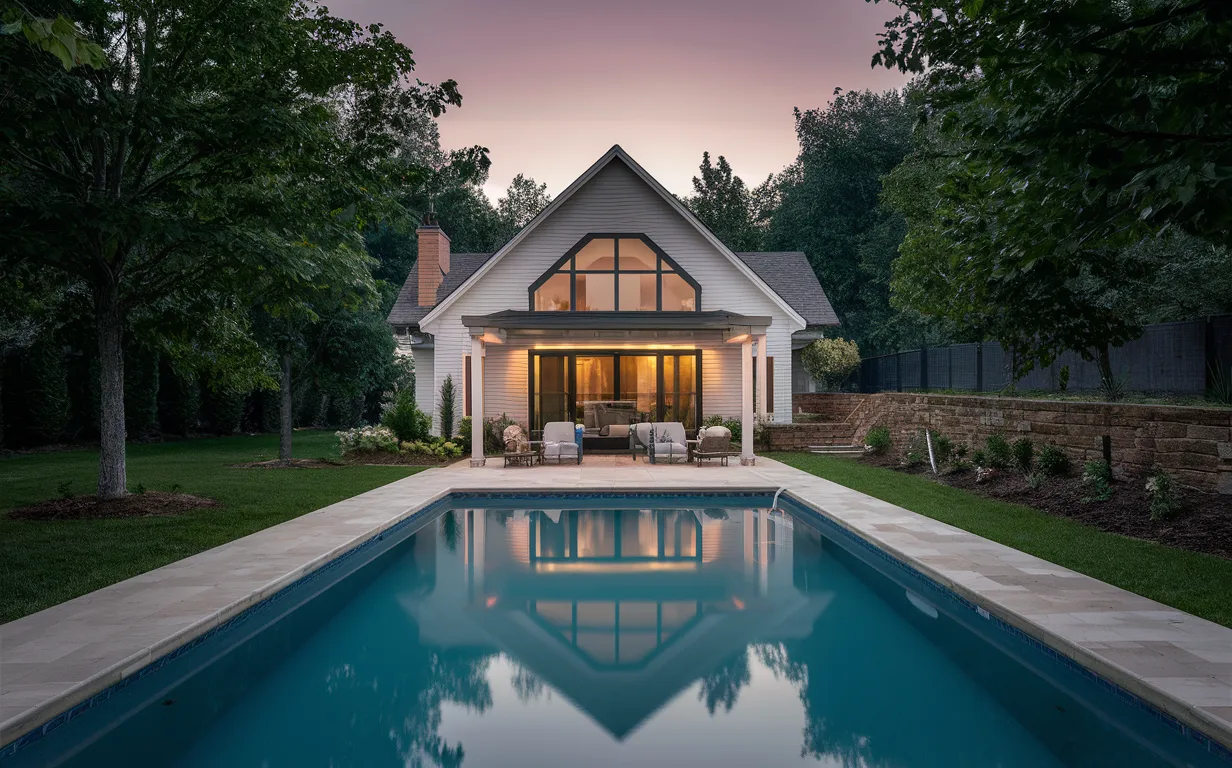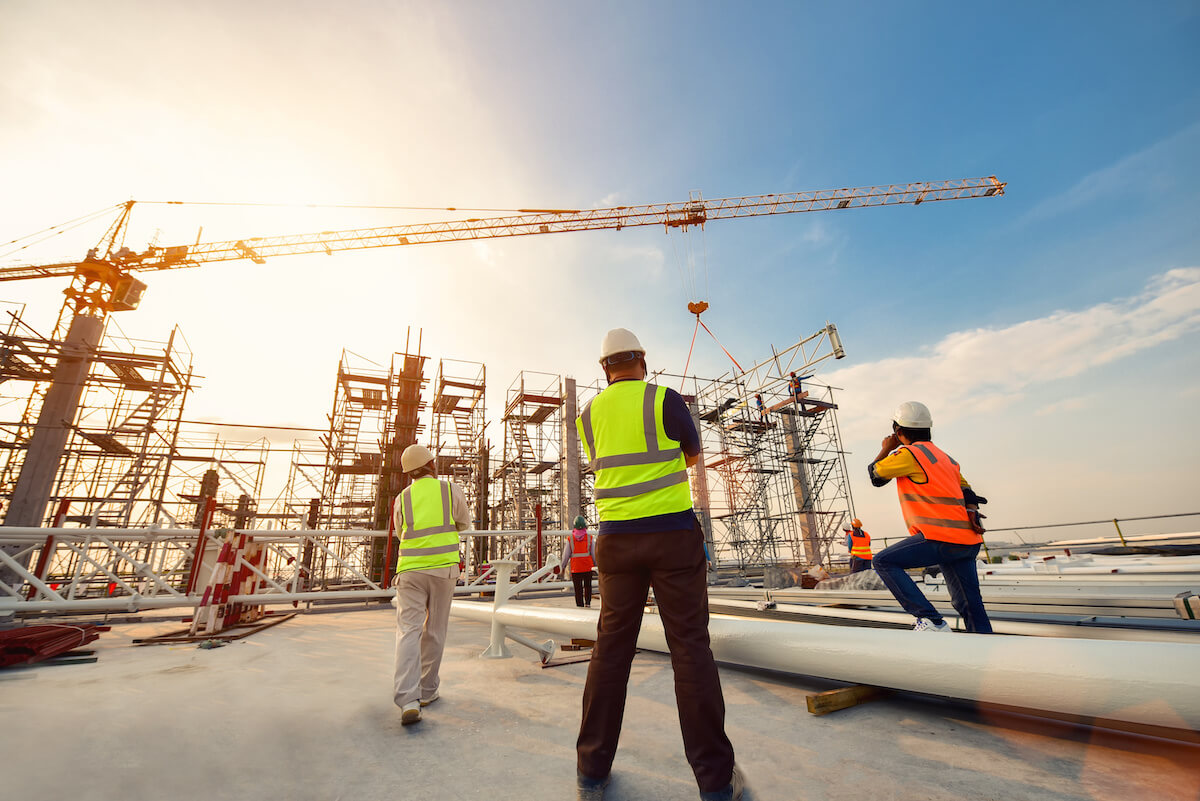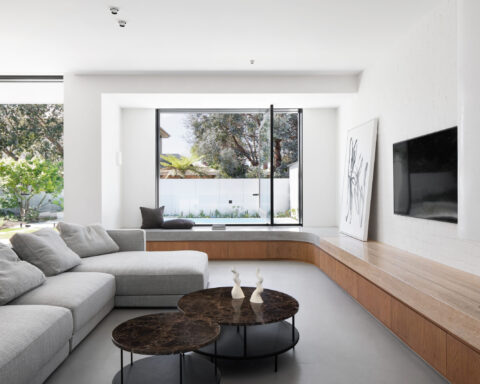Residential construction is the process of building or renovating homes, apartments, and other buildings for people to live in. It is an important industry that plays a significant role in meeting the housing needs of individuals and families. If you are new to residential construction, it can seem overwhelming at first with all the different steps and processes involved.
However, with the right knowledge and guidance, anyone can understand the basics of residential construction. In this guide, we will discuss everything you need to know as a beginner in the world of residential construction.
Understanding the Basics
Residential construction involves building or renovating structures that are intended for people to live in. It includes single-family homes, apartments, townhouses, and other types of housing. The process usually starts with the design and planning phase, where an architect or designer creates the blueprint for the building. This is followed by obtaining necessary permits from local authorities before construction can begin.
Types of Residential Construction
There are three main types of residential construction: stick-built, modular, and penalized.
Stick-Built Construction
Stick-built construction, also known as traditional construction, is the most common type of residential construction. It involves using wood framing to create the structure of a building. This method allows for flexibility and customization in design and is often preferred by homeowners who want a unique home.
Modular Construction
Modular construction involves building sections or modules of a home off-site in a factory or warehouse and then assembling them on the building site. This method is faster than traditional construction and offers more precision in the building process. It is also more sustainable as it reduces waste and uses energy-efficient materials.
Penalized Construction
Penalized construction, also known as concrete block construction, uses pre-made concrete blocks to build the walls of a home. This method is commonly used in areas with extreme weather conditions as it provides better protection against hurricanes, tornadoes, and earthquakes. It is also more durable and fire-resistant than stick-built construction.
The Construction Process
Residential construction typically follows these steps:
- Design and Planning – The first step involves creating a blueprint or design for the building and obtaining necessary permits from local authorities.
- Site Preparation – This includes clearing the land, leveling the ground, excavation in West Valley City, and preparing for utilities like plumbing and electricity.
- Foundation Construction – The foundation is crucial to providing a stable base for the building. It is typically made of concrete or reinforced masonry.
- Framing – This stage involves creating the skeletal structure of the building using wood framing or other materials.
- Plumbing, Electrical, and HVAC – Once the framing is complete, these systems are installed to provide water, electricity, and heating/cooling to the building.
- Insulation – To improve energy efficiency, insulation is added to the walls and ceilings of the building.
- Interior Finishes – This includes installing drywall, flooring, cabinets, and other finishing touches to the interior of the building.
- Exterior Finishes – The exterior of the building is completed with siding, roofing, and landscaping.
- Final Inspections – Before occupancy, the building must pass final inspections to ensure it meets all safety codes and regulations.
- Occupancy – After passing final inspections, the building is ready for occupants to move in.
The construction process can take anywhere from a few months to over a year, depending on the size and complexity of the project.
Choosing a Contractor
Choosing the right contractor is crucial in residential construction. It is important to do research and ask for recommendations before hiring a contractor. Consider factors such as experience, reputation, and pricing when making your decision. Remember to always get everything in writing and have a detailed contract to avoid any misunderstandings or issues during the construction process.
Cost of Residential Construction
The cost of residential construction can vary significantly depending on factors such as location, size, materials, and labor costs. According to HomeAdvisor, the average cost for new home construction is $286,277 in the United States. However, this can range from $150,000 to over $500,000. It is essential to have a clear budget in mind and communicate it with your contractor to avoid any unexpected costs.
Green Building
Green building, also known as sustainable construction, is becoming increasingly popular in the residential construction industry. This method focuses on creating environmentally friendly homes that are energy-efficient and use sustainable materials. This not only benefits the environment but also reduces utility costs for homeowners in the long run. Talk to your contractor about implementing green building practices in your residential construction project.
Conclusion
Residential construction is a complex process that requires careful planning, skilled labor, and attention to detail. As a beginner, it is essential to understand the basics of residential construction and choose the right contractor for your project.
By familiarizing yourself with the different types of construction, and the construction process, and considering factors such as cost and sustainability, you can ensure a successful residential construction project. With this guide and continued learning, you are on your way to becoming knowledgeable in the world of residential construction.
So keep exploring and never stop learning! Essential Tribune








